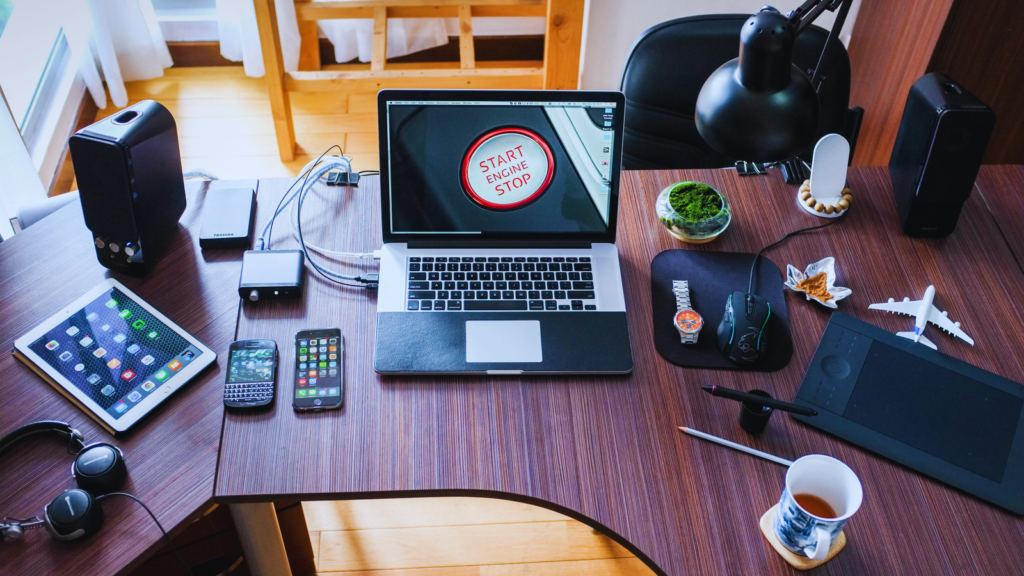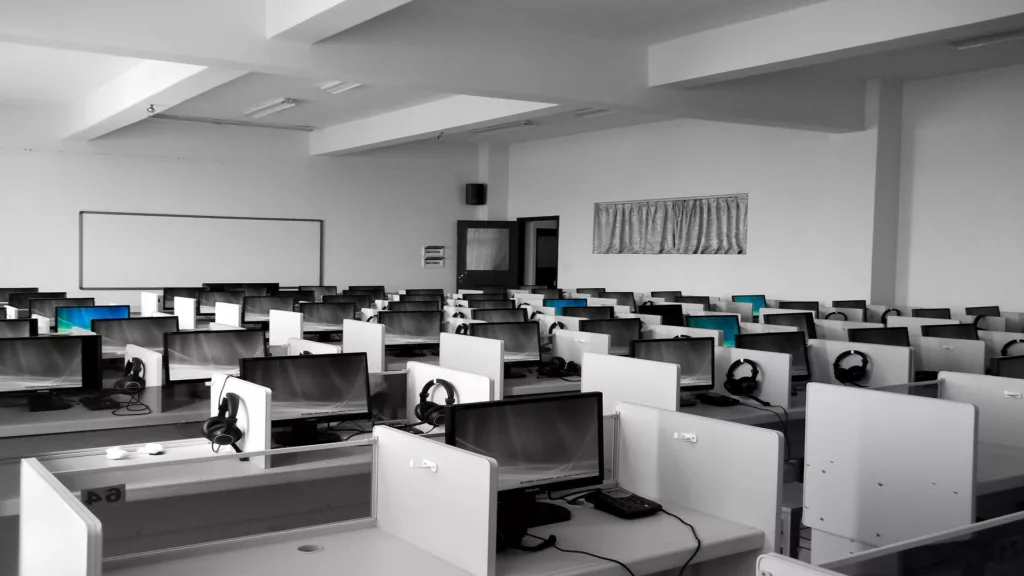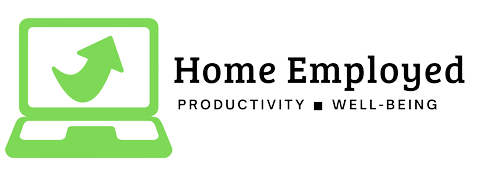Working from home has become increasingly popular in recent years, as technology has made it easier to stay connected and collaborate remotely. However, making the transition from working in an office to working from home can be challenging, and it’s important to establish some best practices to ensure productivity and work-life balance.
Some of the best practices while working from home include setting up a dedicated workspace, establish a routine adn schedule, stay connected with others, master time management, take regular breaks, healthy work-life balance.

One of the most important things to consider when working from home is setting up a dedicated workspace. This can be a spare room or a corner of a room, but it should be a place where you can work without distractions. It’s important to have a comfortable chair and a good desk or table to work on, as well as adequate lighting. A good internet connection is also essential, as well as any equipment or software that you need to do your job.
Another important best practice is to establish a routine and schedule. When working from home, it can be easy to get caught up in other tasks or distractions, so it’s important to set aside specific times for work and stick to them. Having a set schedule can help you stay focused and increase productivity.
It’s also important to stay connected with your colleagues and supervisor. Even though you’re working from home, you should still feel like a part of the team. This can be achieved through regular video meetings, phone calls, instant messaging and email. Regular communication can help you stay informed about what’s happening in the office and can help you feel more connected to your team.
Another important best practice is to establish regular communication and collaboration with your colleagues and supervisor. Even though you are working from home, it is important to stay connected with your team and to ensure that you are on the same page with regard to goals, deadlines, and priorities. This can be achieved through regular video meetings, phone calls, instant messaging, and email, and can help you to feel more connected and engaged with your work.
Another key aspect of working from home is time management. Without the structure of an office environment, it can be easy to get sidetracked by household tasks or other distractions. To avoid this and staying focus, it’s important to set specific goals and deadlines for your work, and to break your workday into manageable chunks. You can use tools like calendars, to-do lists and timers to help you stay on track.
Another key aspect of working from home is time management. Without the structure of an office environment, it can be easy to get sidetracked by household tasks or other distractions. To avoid this, it is important to set specific goals and deadlines for your work, and to break your workday into manageable chunks. You can use tools like calendars, to-do lists, and timers to help you stay on track, and to ensure that you are making progress towards your goals.
It’s also important to take regular breaks throughout the day. Sitting at a desk for long periods of time can lead to fatigue and burnout, so it’s important to get up and move around every hour or so. Taking a short walk or doing some stretching can help refresh your mind and body.
It is also important to set specific goals and deadlines for your work, and to break your workday into manageable chunks. This can help you to stay focused and on task, and can also help you to avoid procrastination and distractions. You can use tools like calendars, to-do lists, and timers to help you stay on track, and to ensure that you are making progress towards your goals.

Finally, it’s important to maintain a healthy work-life balance. When working from home, it can be easy to blur the lines between work and personal time, which can lead to stress and burnout. To avoid this, it’s important to set specific boundaries between work and personal time, and to make sure that you’re taking care of your physical and mental health. This can include things like getting enough sleep, eating well and exercising regularly.
One of the most important best practices for working from home is setting clear boundaries between work and personal time. This can include things like setting a schedule for when you will be working and when you will be off, and making sure that you have a designated workspace that is separate from the rest of your living space. This can help you to stay focused and avoid distractions, and can also help to create a sense of distinction between your work and personal life.
Conclusion
In conclusion, working from home has many advantages, but it can also be challenging. By establishing some best practices, such as setting up a dedicated workspace, establishing a routine and schedule, staying connected with colleagues, managing your time effectively, taking regular breaks and maintaining a healthy work-life balance, you can increase productivity and reduce stress. With a little effort and planning, working from home can be a great way to get your work done while enjoying the flexibility and freedom that it offers.
In conclusion, working from home can be a great way to get your work done while enjoying the flexibility and freedom that it offers. However, it is important to establish some best practices in order to ensure productivity and work-life balance. By setting clear boundaries, communicating regularly with your colleagues and supervisor, setting specific goals and deadlines, managing your time effectively, taking regular breaks, and maintaining a healthy work-life balance, you can increase productivity and reduce stress, and can enjoy the many benefits of working from home.















